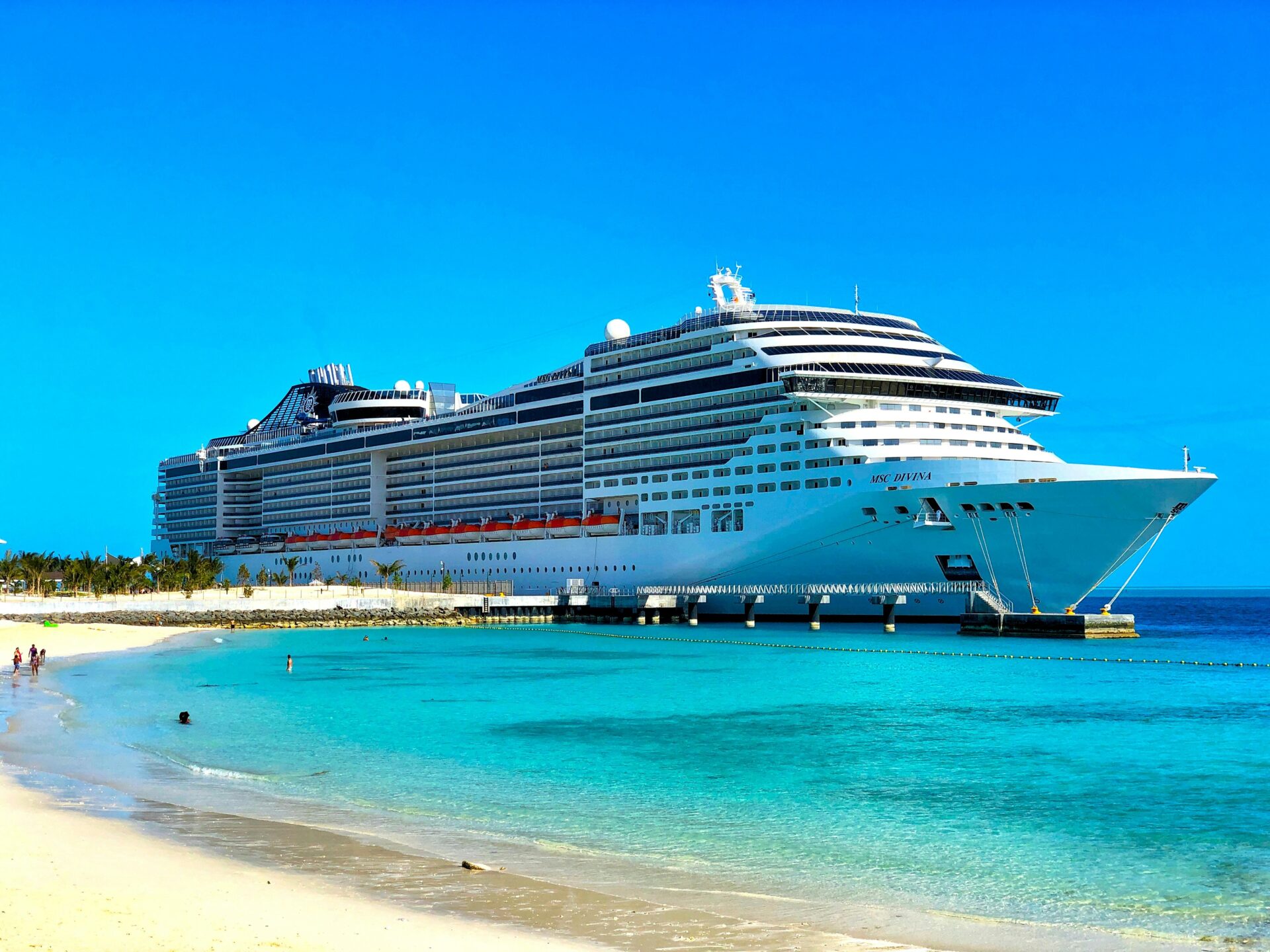Few would dispute that the cost of flying has increased significantly. To quantify, airfares from the UK were 66% higher last year compared to 2015 based on data from the Office for National Statistics. There was also a 22% price hike between July and August this year. However, there is a glimmer of financial relief for those willing to consider alternative airlines, particularly on routes to Asia, Australia, and New Zealand.
Analysing hundreds of airfares reveals an interesting trend; prospective travellers can secure up to 55% discounts on flights if they book with Chinese airlines. This upside isn’t contingent entirely on dates or particular carriers; the discounts seem consistent across the industry. While it could be deemed unusual that the check-in process requires full passport details earlier than standard, the financial benefits are substantial and can outweigh the inconvenience.
The findings stemmed from comprehensive research on economy class return flights covering ten destinations, including Auckland, Bali, Bangkok, Beijing, Brisbane, Saigon, Kuala Lumpur, Seoul, Sydney, and Tokyo. For departures scheduled ten days from January 11, Chinese carriers provided significantly better value for money. A price comparison between the highest and lowest ticket prices yielded a top saving of 55%, although the average fare difference still made China’s airlines between 15 and 34% cheaper. The trade-off might be longer layovers in some cases, but it seems like a fair exchange for the money saved.
It’s worth emphasizing that flying with Chinese airlines doesn’t mean compromising on quality or safety. Carriers like these have expanded from being regional operators and now use the same types of aircraft used by other airlines, such as Boeings and Airbus with a younger average fleet age.
Particularly intriguing is the contrast between Chinese airlines and established carriers. A return flight to Auckland with Air New Zealand is priced at £1,653, with a journey time of 27.5 hours and four-hour layover in Vancouver. If you were to travel with China Southern Airlines instead, however, the fare is £323 cheaper, offering considerable savings.
Evidence of price difference doesn’t end there; flights from London to Tokyo, Japan’s Narita Airport, via Madrid, take 19 hours and cost £996 when arranged through Japan Airlines. China Eastern Airlines can get passengers to the same destination in 1 hour and 45 minutes less time, with the fare being £291 cheaper, equivalent to a 29% saving.
British Airways, in partnership with Korean Air, provide a direct flight to Seoul that takes 12 hours and 25 minutes and costs £1,154. In stark contrast, a comparable journey with Air China, with a route via Beijing, takes just an extra hour and a half, but costs £615 less —a whopping 55% saving.
For those who prioritise affordability over speed, China Southern Airlines offers the cheapest return flight to Sydney at £957. Despite a considerable 9-hour 40-minute stopover pushing the total journey time to 31 hours, this is still a bargain for bargain-hunting travellers.
There’s no denying that Chinese carriers appear to have a competitive edge. Their lower operating costs, reflected in the price per mile paid by passengers, allow them to offer cheaper fares. But the crucial factor is geopolitics; as of 2022, western airlines were restricted from using Russian airspace, forcing them to take longer and more costly routes. Conversely, China continues to utilise Russian airspace, presenting the opportunity to offer lower fares and attract more clientele.
This creates a dilemma for Western airlines. While they grapple with finding a solution, China is busy expanding its international foothold with an increase in flights to Europe by 74% compared to the previous year. The growth includes departures from secondary cities such as Düsseldorf, Manchester, Marseilles, Milan, and Venice. In the present context, budget-conscious travellers can exploit the unprecedented opportunity and experience a unique journey that includes a stopover in Chinese cities like Beijing, Guangzhou, or Shenzhen before heading to their final destination in Asia or Australasia.




